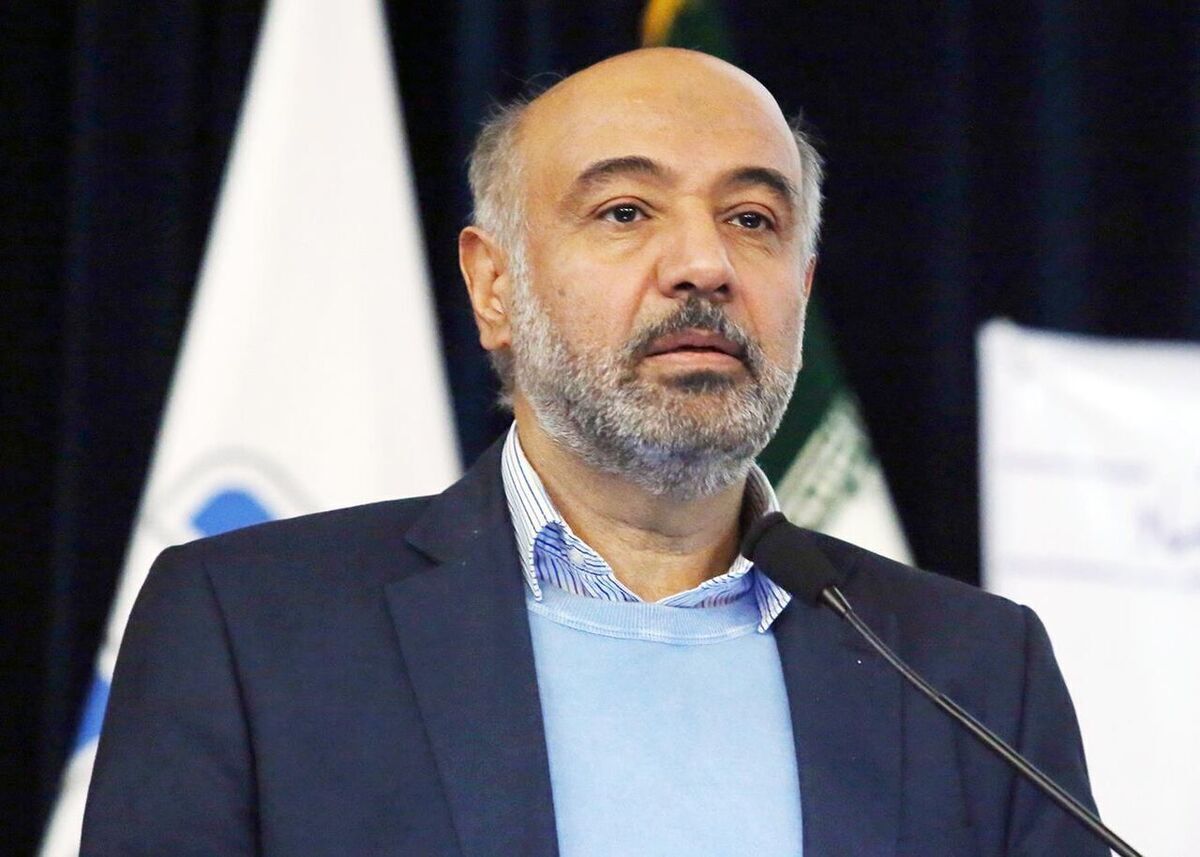
Costs of Expanding Welfare Program Gauged
EghtesadOnline: U sing the International Labor Organization’s Social Protection Floors Calculator, the Social Welfare Department of the Ministry of Cooperatives, Labor and Social Welfare has estimated the costs of public works programs for those without jobs, disability and old-age pensions.
According to the ministry’s Iranian Welfare Database, a total of 4.5 million Iranian households who fall within the five low-income deciles do not have a job at the country’s official labor markets and are not supported by the Imam Khomeini Relief Foundation or State Welfare Organization.
The government needs to spend 135 trillion rials ($843.75 million) equal to 0.73% of the country’s gross domestic product to expand social welfare programs to cover these households. This welfare program includes three payments in as many months to the tune of 10 million rials ($62) each, the Persian-language daily Shargh reported.
There are 2.3 million persons above 65 years who do not receive pension in the country and fall within the five low-income deciles. To provide one lump sum worth 15 million rials ($93) in three installments for these elderly people, the government should spend 34.5 trillion rials ($215.62 million) that constitute 0.11% of the country’s GDP.
Several countries, including Turkey, Argentina and Colombia, have temporarily increased their social welfare programs amid the outbreak of coronavirus. The price tag of offering nutrition benefits worth 2 million rials ($12) to supplement the food budget of five million needy families in Iran for three months is 30 trillion rials ($187.5 million), which accounts for 0.16% of country’s GDP.
ILO says even the poorest countries can afford to extend social protection to all their citizens. For example, universal coverage in old-age pensions has been achieved by more than 20 countries, including Bolivia, Botswana, Brazil, China, Lesotho, Mauritius, Mongolia, Namibia, South Africa, Timor Leste, Trinidad and Tobago and Zanzibar (Tanzania).
Countries normally achieve universal coverage by a combination of contributory social insurance and tax-based social assistance or social protection floors.
The cost of universal benefits for 364 million children, 81 million pregnant women, 103 million persons with severe disabilities and 153 million older persons ranges from 0.3% of GDP for Mongolia to 9.8% of GDP for Sierra Leone—with an average cost of 4.2% of GDP in 57 lower income countries.
“From a global perspective, these life-changing benefits for 700 million people—nearly 10% of the world’s population—would require only 0.23% of global GDP. That’s just 1.1% of what G20 countries spent to bail out the financial sector in 2009. It is a question of priorities,” said Isabel Ortiz, director of ILO’s Social Protection Department.
While some countries have the fiscal space to develop social protection floors, others will have to gradually extend coverage and benefits according to national fiscal capacity, in combination with contributory social insurance schemes.
“It is imperative that governments explore all possible financing alternatives to promote national socioeconomic development with jobs and social protection,” Ortiz added.
There is a wide variety of options to generate resources for social protection, including reallocating public expenditures, increasing tax revenues, expanding social security revenues, lobbying for aid and transfers, eliminating illicit financial flows and managing debt, among others.


